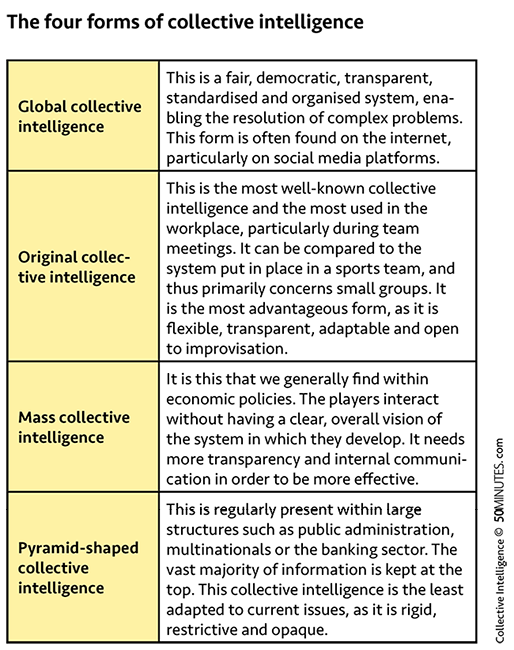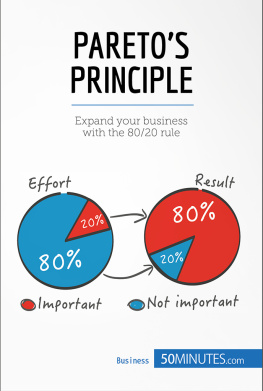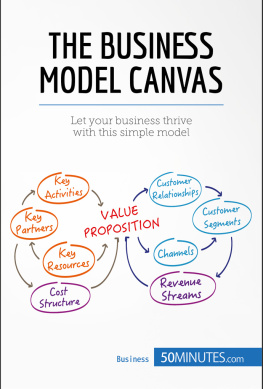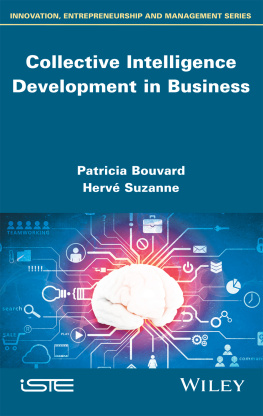How to use collective intelligence to your advantage
- Issue: what is collective intelligence and how can I take advantage of it in the workplace?
- Uses: collective intelligence enables a team to increase their efficiency, by making good use of each of its members.
- Professional context: team management, organisational management.
- FAQs:
- Why use collective intelligence?
- What is the aim of collective intelligence management?
- What are the principles of collective intelligence management?
- What are the obstacles to collective intelligence management?
- What are the different perspectives on collective intelligence?
- Is there a connection between collective intelligence and talent management?
- Is there a difference between lean management and collective intelligence?
- Is there a difference between collective intelligence and participatory management?
Of all the team management styles, the most innovative is unarguably that of collective intelligence. Not yet widespread in the vocabulary of corporate leaders, this new management method is currently facing some reluctance. Indeed, collective intelligence involves significant behavioural changes which have an impact on the culture, beliefs, skills, communication methods, organisation and functioning of the company.
Yet it is not always easy to face up to change and the uncertainty it brings. In a business world that is used to Taylorism, this new way of managing by accepting the novelty and diversity that each team member can bring is difficult to adopt as it opens new doors to knowledge and operating processes that have thus far not been explored by the organisation. The unknown is always a source of fear, and Taylorism allows us to avoid this by ensuring maximum control over actions and events to come.
The principles of collective intelligence go against Taylorism. In fact, the idea is to welcome novelties and the unknown, by accepting the risk of loss of control, but by gaining flexibility, reactivity and innovation. By interconnecting the differences and intelligence of each person, this method enables organisations to face up to unexpected events through reflection and collective action. Difficulties are resolved together, in the pursuit of a common goal.
In 50 minutes, discover the issues of collective intelligence and the reasons for which this management style is becoming an incontestable tool for promoting team efficiency.
Collective intelligence: the basics
Collective intelligence in the workplace
Collective intelligence in the workplace consists of a group of managerial practices and behaviours that are based on the interactions between the various skills of workers in an organisation. It is not about simply being aware of the existence of the diverse skills of team members but also about understanding them and learning to optimally exploit them. This is done particularly by implementing a creation strategy incorporating group dynamics and the diversity of which it is made up. It is not just about communicating or assembling a team to put in place a process involving collective intelligence, but comprehending the rise of new intellectual resources, managing them and highlighting the experience and knowledge of each person.
It is important to differentiate between collective communication and collective reflection. Collective communication simply enables an exchange of information without calling upon the intellectual cooperation of each individual in a team. Collective reflection, in turn, involves intellectual cooperation, enabling the creation of information as well as giving it meaning and interacting with this information. This distinction is crucial as we often thinking we are cooperating when we are only communicating. Cooperating enables us to create synergies and make a decision based on the interactions of collective intelligence.
To sum up, it can be said that collective intelligence is the result of an interaction between the knowledge, skills and specific features of each individual in a group.
The four forms of collective intelligence
We traditionally distinguish four forms of collective intelligence. Indeed, collective intelligence is implemented differently, depending on the organisation in which it is practiced. The effectiveness of the method will also depend on the organisations structure. By analysing the comparative table below, it is clear that the implementation of collective intelligence within a large, very hierarchical structure with pyramid-style management will be markedly less effective than in a small team.

What can be gained from collective intelligence?
- The creation of a value or ethical code: this first benefit of collective intelligence reflects the fact that it promotes the development of the organisation and people. In fact, it enables the organisation to develop its actions and projects while offering the individuals within it the chance for personal development. The act of soliciting and involving personnel in the implementation of new projects and decision-making by valuing each individuals skills enables everybody to gain self-confidence, find motivation and increase their efficiency. It is about being able to draw on the intelligence of group or organisation members and also to rally all external parties to the group or organisation (such as suppliers, clients and partners).
- Information and communication: different communication technologies make the exchange and sharing of information easier. They have to contribute to the increase in interactions by giving information an operational value.
- Cooperation: this is the most well-known method of materialising collective intelligence.
- Knowledge management: this is the foundation of optimal collective intelligence development and exploitation. Good management at this level enables the sharing and transfer of knowledge within a company.
- The decentralisation of power and knowledge: the leader is no longer the only one to have all the skills and to make decisions. They are collective.
- Independence: the individuals forming the team become stakeholders to achieve a common objective giving meaning to the group to which they belong.
- Interaction: interaction among members of a team or a company and the environment in which they develop (management, technology, economic policy) is constant.
Five ways to boost collective intelligence and gain six great abilities
In order to begin the concept of collective intelligence and make it operational, it is imperative to interlink these five processes:
- The cognitive aspect, which involves creating a common goal together, based on a decision that is made collectively after understanding the issue and reflecting together. The key words regarding cognition within collective intelligence are:
- mutual understanding (every group member expresses themselves freely and is understood by other members);





















